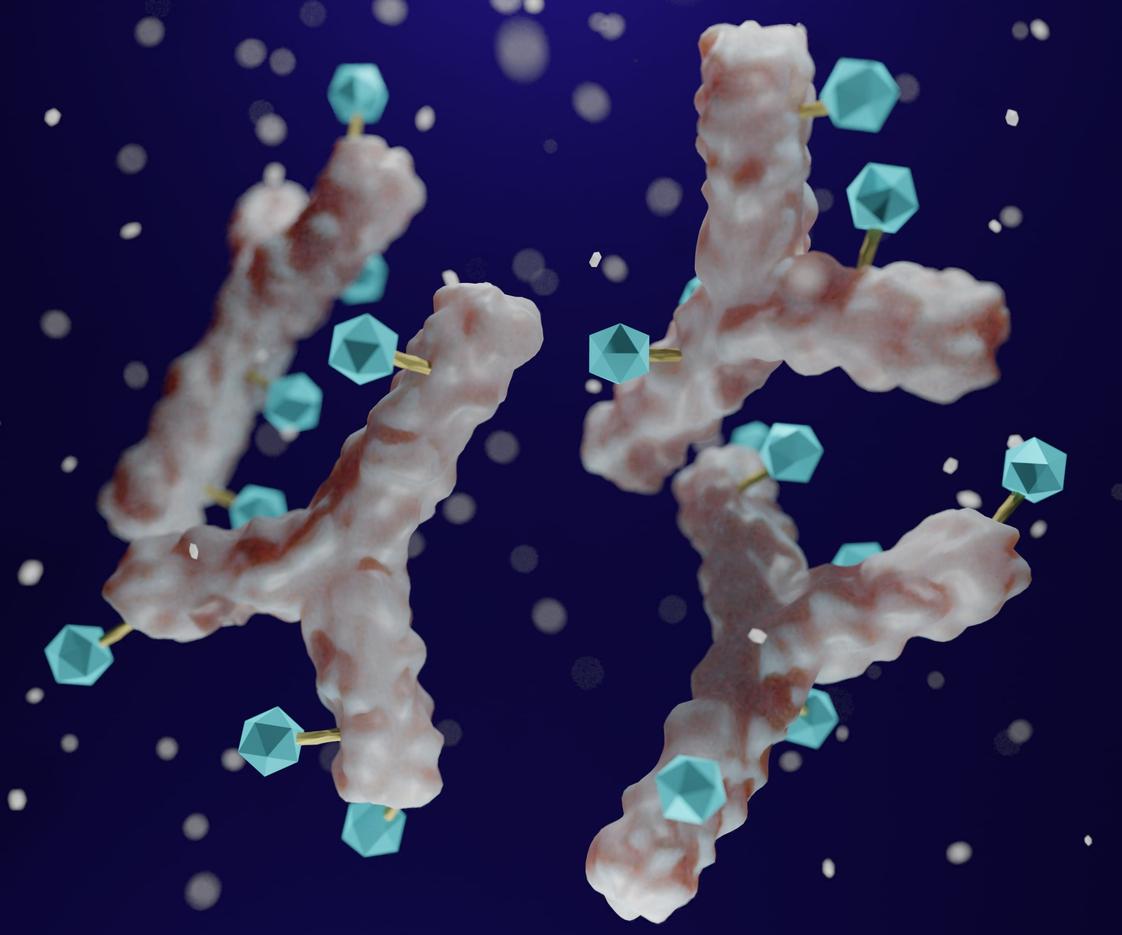The UK Health Security Agency (HSA) today published a new priority pathogens tool—outlining pathogen families that pose the biggest risk to public health—to help support funding of research and development into new diagnostics, vaccines, and treatments.

The list contains 24 pathogen families, providing rankings of high, moderate, or low regarding pandemic and epidemic potential. The HSA said its scientists took into account transmission routes and disease severity.
In a statement, the agency said the ratings aren't intended as a detailed threat assessment and don't indicate which pathogen is most likely to trigger then next pandemic, but rather which ones require increased scientific investments and study. The rankings also highlight which pathogens need increased diagnostics and vaccine development and which may be exacerbated by changing climate or antimicrobial resistance. Officials said the tool will be updated, based on scientific developments.
Pathogens with high pandemic potential include coronaviruses, the Orthomyxoviridae group that includes avian flu, the Paramyxoviridae group that includes Nipah virus, and the Picornaviridae that includes enterovirus D68.
Expert reactions mixed
Scientists contacted by Britain's Science Media Centre, an independent group that works to provide evidence-based clarity on scientific topics, had mixed reviews about the new tool.
Some said it brings useful information together in one place, and Catrin Moore, DPhil, MBA, MPH, an infectious disease and global health specialist with the University of London, said she would like to know more about how the HAS's methodology, the papers it used, and the diagnostics it identified.
Jose Vazquez-Boland, DVM, PhD, chair of infectious diseases at the University of Edinburgh, said the priority list comes with a risk, given that other important pathogens might be receive insufficient or no funding when funding and resources are increasingly scarce. "In my opinion, the bacterial pathogens list is rather limited and predictable," he said.
.jpg)














